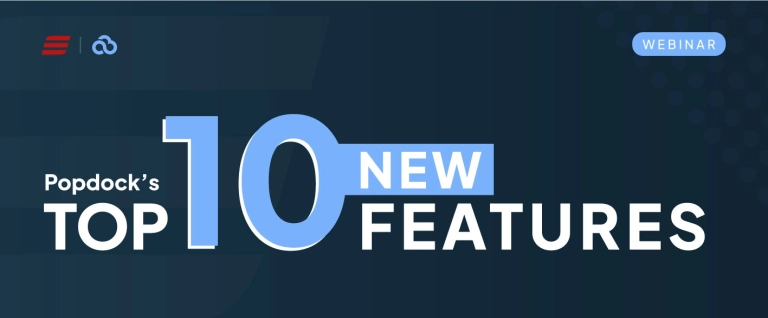I reference here recent sessions held at convergence as well as a recent article posted on Dynamics World, that the 4 key trends in ERP in the near future are:
Quoted from the Editor at http://msdynamicsworld.com/story/configuration-development/four-major-trends-will-define-microsoft-dynamics-strategy-and-erp-te
1. Context-aware computing. Increasingly, Dynamics applications will become better at understanding the context of a user’s needs-for example, understanding that an account manager’s information needs change based on where the company is in its financial quarter.
2. The Cloud. While many users are already running cloud-based businesses, Ehrenberg noted its strategic significance relates to “the idea of the power of choice…the same applications delivered in different ways.”
3. Sustainability. As consumers become increasingly sensitive to the carbon imprint of different products, “We going to have to start accounting for energy use and emissions,” Ehrenberg said.
4. Social networking. This involves adapting Dynamics applications to seamlessly take in information from places like Face book and Twitter.
The question remains – is this what ERP/CRM customers are looking for? I need your input to tell me if you agree that these 4 key areas are where Microsoft should be focused. I am not about to argue with the Microsoft Executives on this.
The 5th thing that I think we really need to add to these 4 key areas is Processing Efficiency. What I mean here is that an ERP must provide the best, fastest and most efficient way of processing the daily business transactions. The sort of things I am looking for in this area are:
1. Simpler/easier data entry and data capture. This can include everything from better use of screen real estate for end users through to document imaging and data capture via document scanning.
2. Ease of integration between all the systems a business chooses to deploy
3. Flexibility of systems to change as each business changes. This relates to both data capture, configurable business process and access to data. System changes must be cost effective.
4. Business Process/Work flow. By work flow I do not mean sales order or purchase order approval. I refer to the ability to use the ERP system to configure and force individual, unique business practice to be followed by end users. This may be the process by which a warehouse location is replenished, the way a service call is escalated or how projects are managed when they exceed project budgets.
Let me know what topics you think should be added to the 4 key areas identified by the Microsoft team during convergence.
